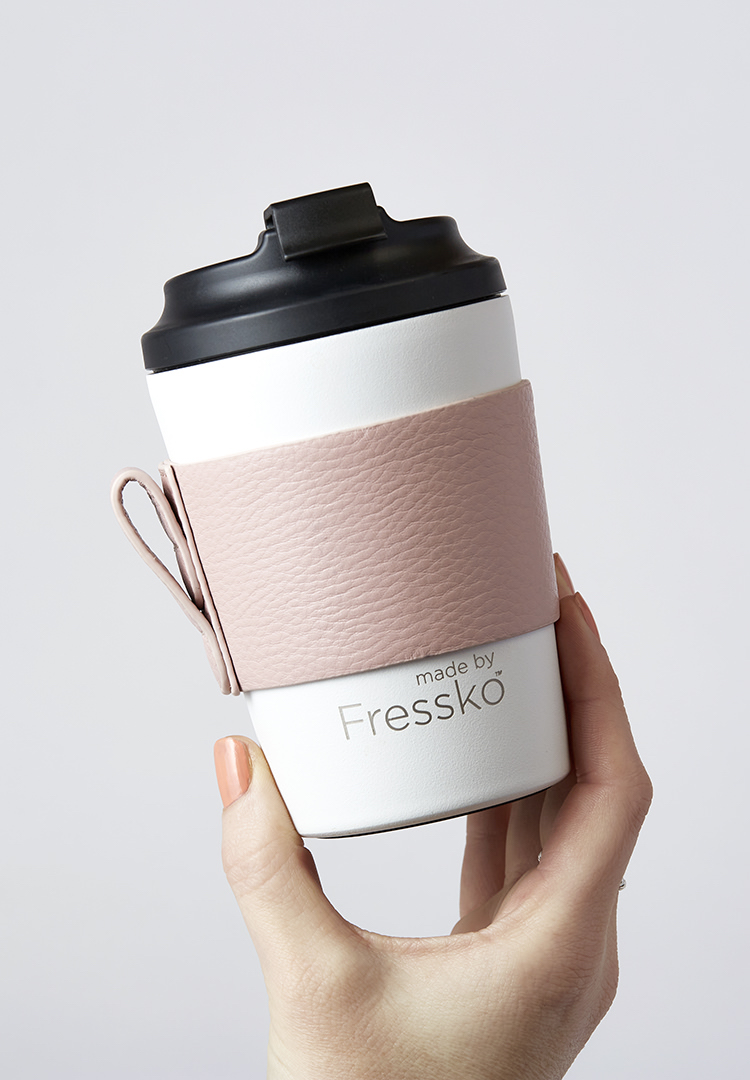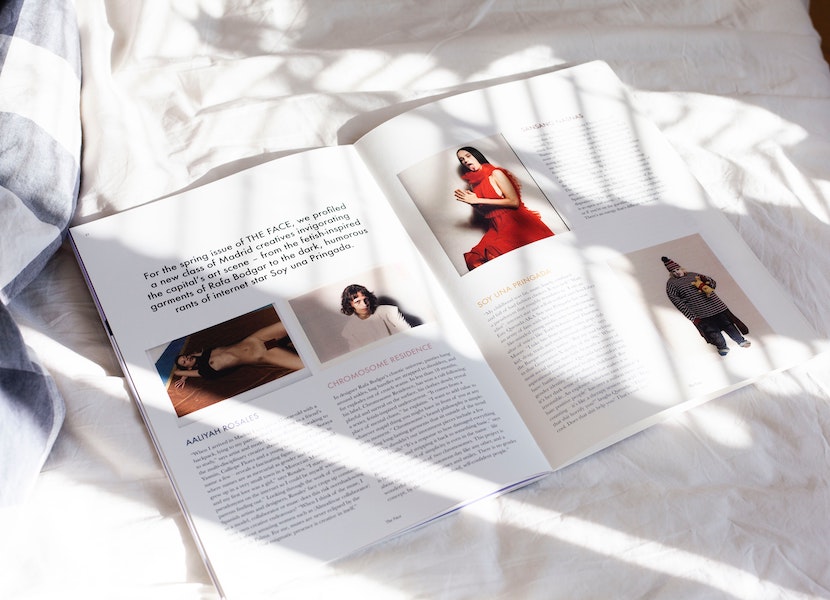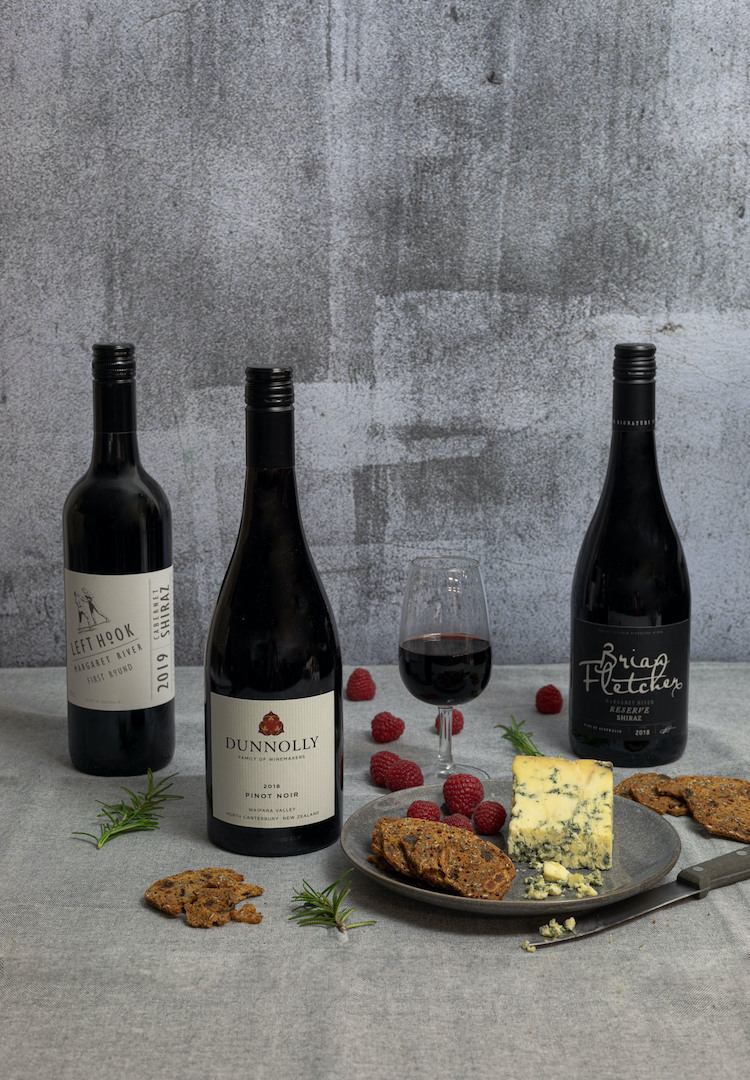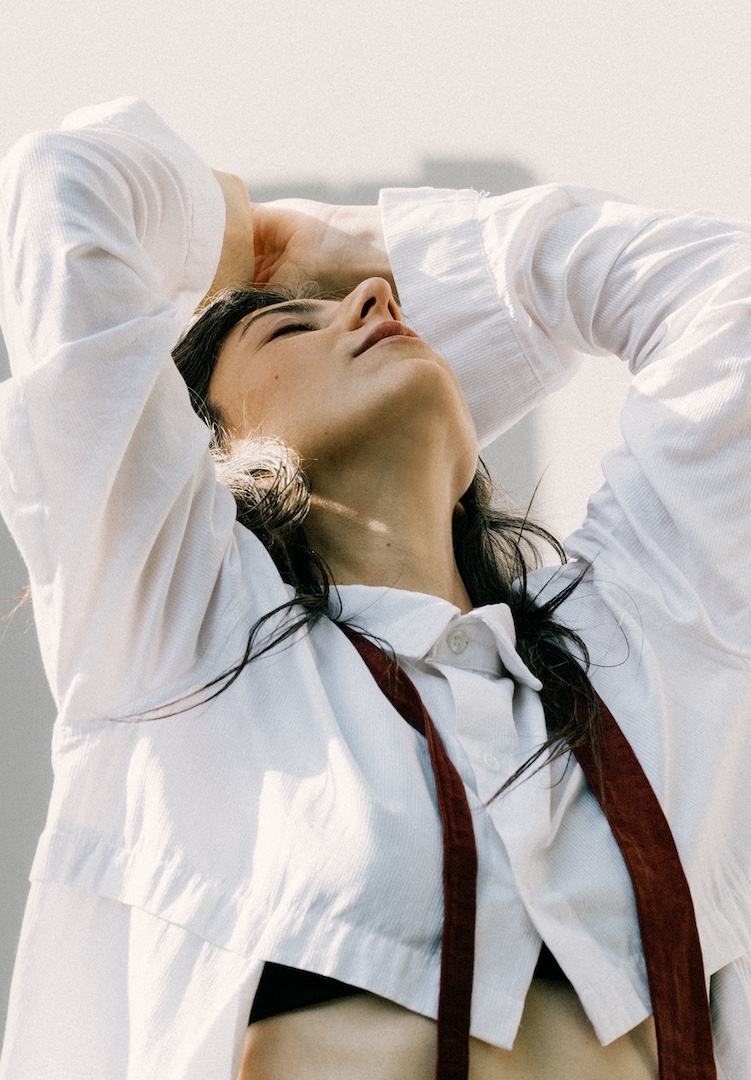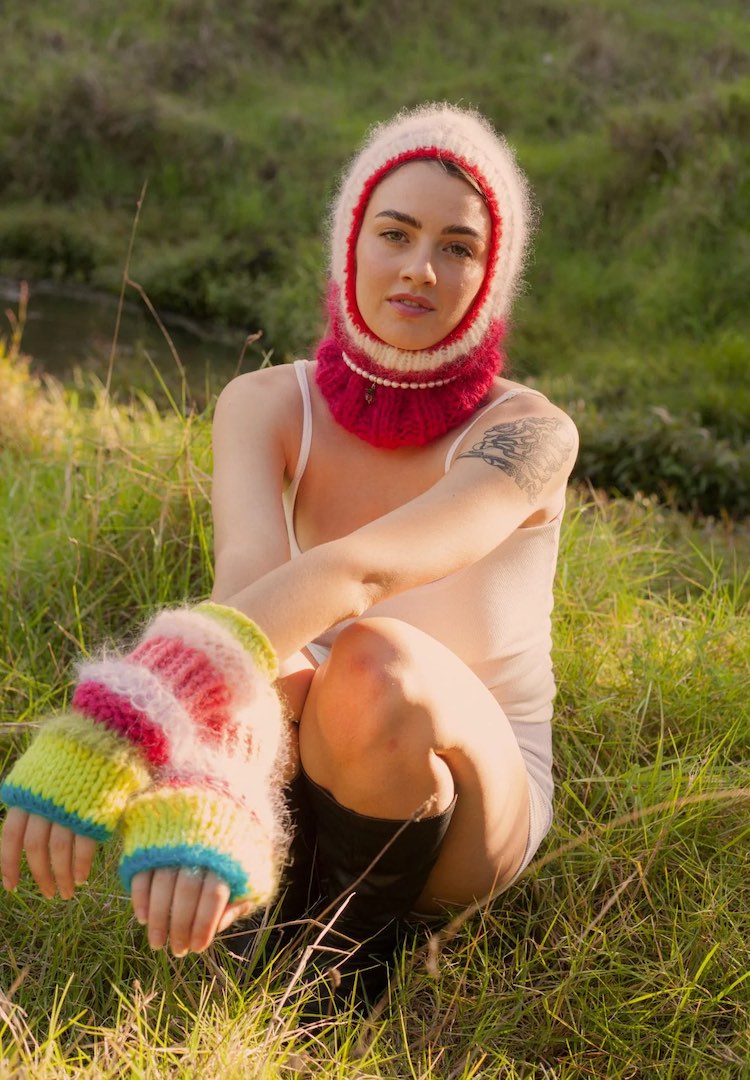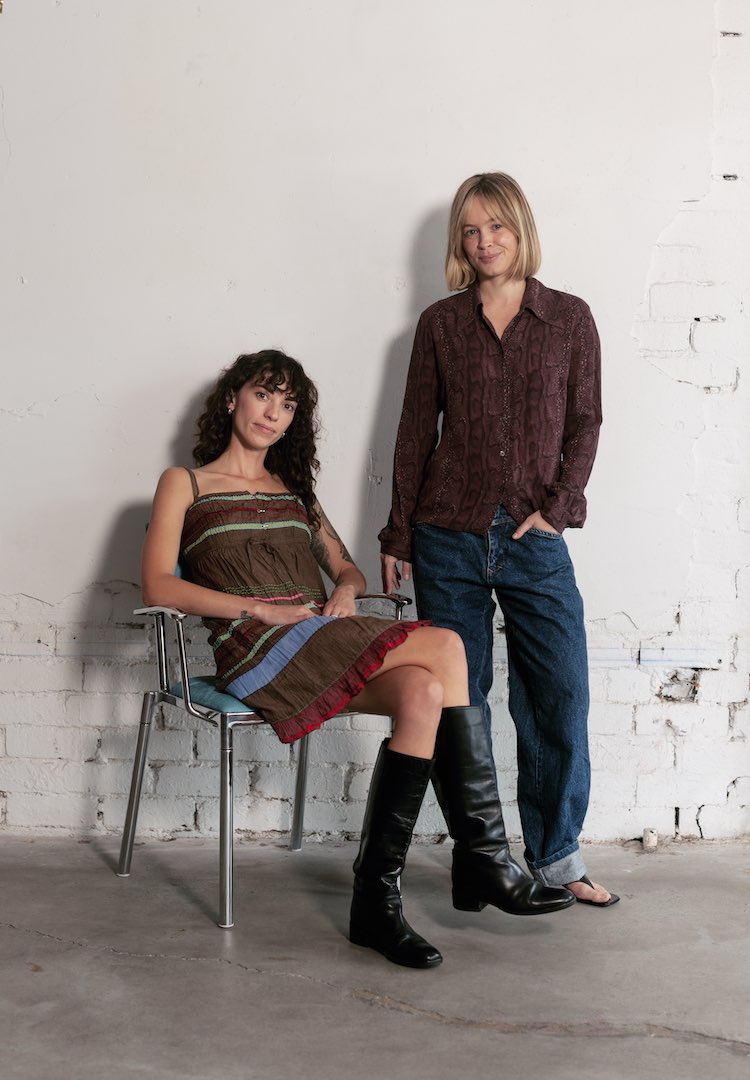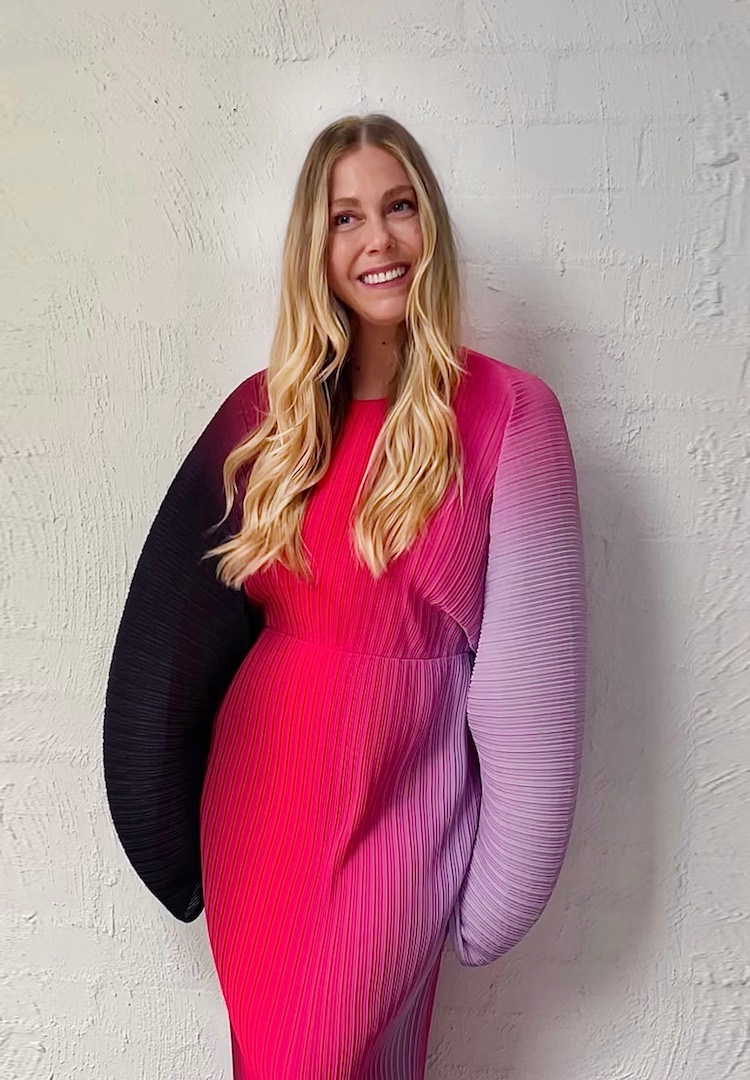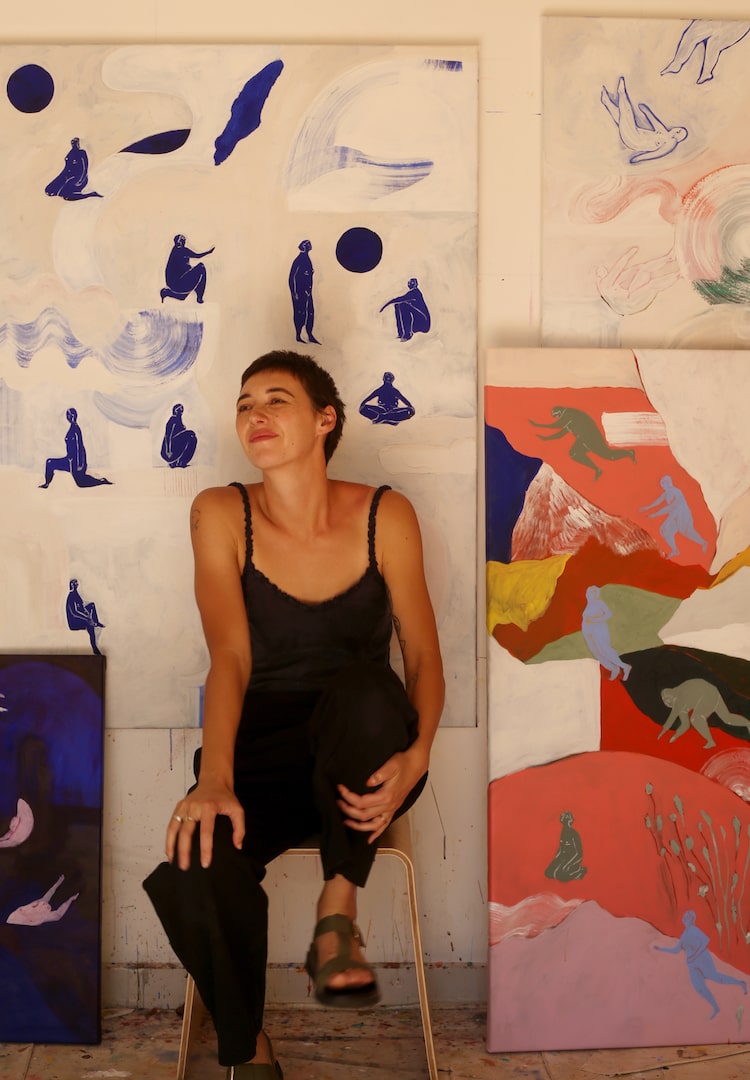Seven writers and editors on where to next if you’re in magazine mourning
WORDS BY GENEVIEVE PHELAN
“This is not just a magazine. This is a shining beacon of hope.”
Bauer Media’s closure of stalwart Australian fashion magazines last week has left many of us feeling a little lachrymose, and I bet that gauzy sheen on your cheek isn’t from a beauty-column-sanctioned night serum.
Maybe you’ve pulled a dust-laden box out from under your bed and unfurled sacred relics from the early ’00s or remembered writing down ‘editor’ as your career endgame in some cheesy primary school time capsule. Basically, you’re feeling a little like Nigel from The Devil Wears Prada, clinging onto a “shining beacon of hope”.
Glossies, you are grandiose. You bring joy and reprieve for people craving a surrender to aspirational storytelling. At times, you have been so gauche. But on good days, we’ve considered placing you on the ground and stepping one foot after the other into your pages to be sucked inside and transported to another realm where anything is possible.
So where to now? For the aspiring writers, creatives, models, photographers, art directors and avid readers feeling forlorn, this one is for you. We’ve assembled the Avengers of Australian and New Zealand media veterans and newcomers to ply you with some sage advice on where to next.
These clever, impassioned and experienced people relive their trajectories in media from poolside page-turning to predicting the future of the industry itself.
Victoria Pearson, editor and content director
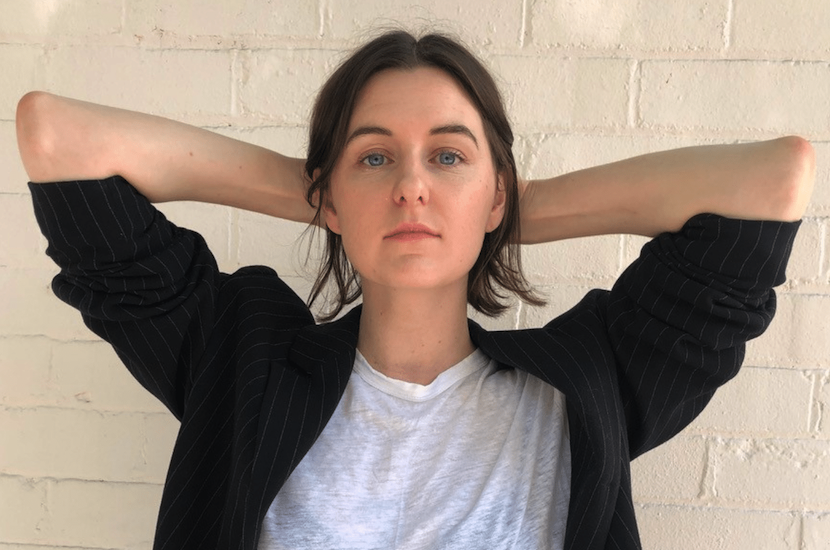
“Why do books matter? Or love letters? Or initials etched into tree trunks? Because they’re proof of existence – proof of work and time and love and romance and life. Where digital is rapid-fire and easy to delete, magazines breathe. They’re slow, considered, conceptual and painstakingly assembled. Every layout is reviewed to exhaustion, every article is fact-checked within an inch of its life, every page imprinted with the passion and creativity of the team behind it. Magazines provide thematic context that digital oftentimes cannot. Magazines are physical snapshots of an era or movement that can be touched and treasured for years to come.
“The creative freedom I was afforded at RUSSH was unlike anywhere I’ve experienced (or heard of). I got room every issue to write about love, memory, sex, anxiety, privacy, art, music and more – the dream scenario for any writer. My editor at RUSSH, Jess Blanch, allowed us to put pretty much any emotional whim or philosophical query into words, and encouraged us to explore topics that were uncomfortable, taboo or not being covered elsewhere. She provided a space for me to push myself as a writer and editor, and I don’t think I would be willing to write about half the topics I do had it not been for her support and open-mindedness.
“I hope this (sad) closure of the old guard paves the way for a bright new perspective. I hope that this shakes us out of our digital coma and reminds us that some of the best things in life are held in our hands. I hope emerging writers and creatives and magazine romantics come together to build healthier, more sustainable structures for new print titles. The floor is yours.”
Liam Sharma, editor of Sauce
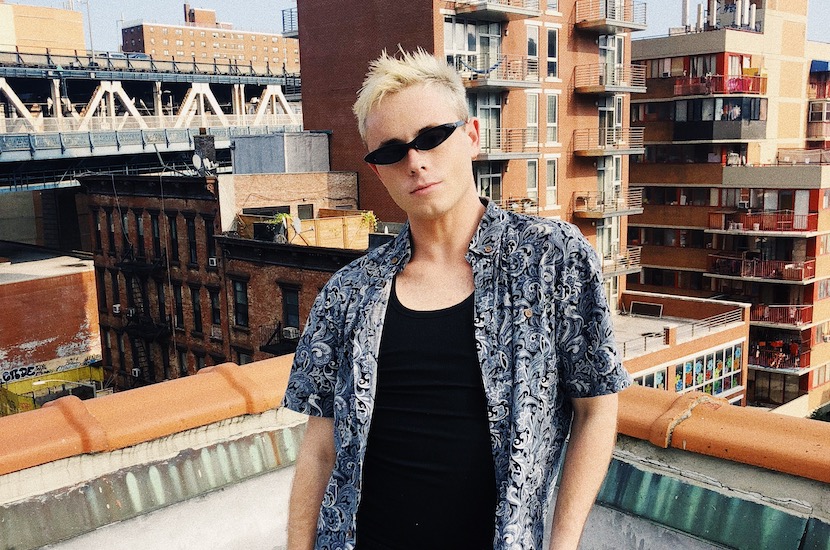
“Magazines are a moment in time, a feeling, a trend and a receipt of our collective history. I love going to my doctor’s office and reading six-year-old Women’s Weekly issues in the waiting room. It’s everything. Without them, we’re boring internet dwellers. I want to bring seven mags to the beach and leisurely flick through them while I’m roasting my backside – I’m not going to bring my computer.
“I think there is going to be a huge wave of freelance creatives launching new online platforms, creatives who have found the perfect mix of editorial and advertorial. I hope these same creatives produce annual print issues, something tangible and limited (people love limited anything). No one wants to flick through a magazine of advertisements. I’d rather watch infomercials. I really want to see an even advertorial/editorial landscape.
“I think some publications got lost in the monetary value of stories and editorial integrity took a beating as a collective. I think the way advertising is seamlessly integrated into publications needs a shake-up. I have no interest in promoting the latest cheap, single-use plastic daily vitamin brand and I know our readers aren’t interested in it either. The future is understanding your readership, and for editors, it’s to align their publications with advertisers who are a cohesive fit. Money keeps the lights on but readers keep the publication alive.”
Grace Back, Digital Content Manager of Marie Claire and InStyle

“You’d be hard-pressed to find an Aussie woman who wasn’t shaped by the glossies we all knew and loved – whether Cosmo was their bible, they relied on InStyle to inform and guide their signature styles, or [they] looked to the pages of Elle to become more politically and socially aware. Each one of these magazines held a purpose, they helped shape and inform opinion, they promoted Australian fashion and they told stories that needed to be heard.
“When I was a young journalism student, I was introduced to Alley Pascoe while interning at Stellar Magazine. She was their features writer at the time and this is where I got to see, really for the first time, the passion and dedication that goes into creating stories that people later find on the pages of the mags. Alley is talented, passionate and one of the most exceptional writers I’ve ever met. When she got her role at Marie Claire, she took me along with her as an intern and it’s how I got to where I am today.
“It’s people like Alley – who help guide and champion young journalists with their own enthusiasm – that make this industry so important. There will never be words to thank Alley for taking me with her all those years ago, and it breaks my heart that so many other journos won’t get to experience what we got to. While some magazines might be gone, the amount of talent out there isn’t. There is a whole new crop of young journalists, artists and creatives who are going to find a way to fulfil people’s needs in the changing media landscape, and do it with wit, passion and enthusiasm.”
Noelle Faulkner, writer and editor
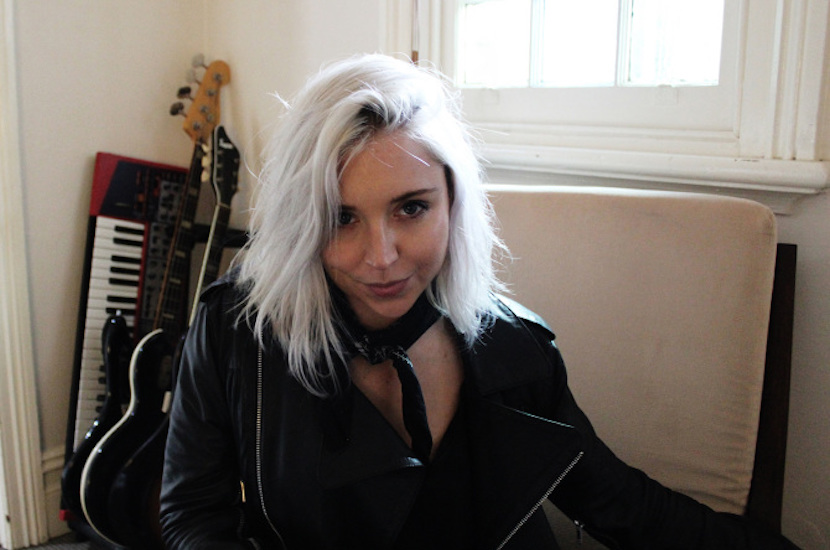
“A magazine (print or digital format) lets you escape to a world you might not be a part of or invites you to join one you’re already obsessed with, encouraging community. Sure, Instagram does that too, but it’s become a medium of vanity and its very mechanism relies on “likes” – little ego boosts. A magazine is just made for your pleasure, the reader. It’s where writers and image-makers work in harmony to create something that speaks multiple languages of expression, style, voice and emotion; and at the end of the day, it’s not about them, the creators, but the ideas.
“I think what people forget is how much of an artform editing is. I said this recently in an open love letter of-sorts that I posted on my Instagram, but a magazine is slow, considered. It takes a deep breath with each page turn. Editing is such a thoughtful process – every page must work hard and have reason. What saddens me the most is Australian magazines have not been given the chance to make the changes that desperately needed to happen. Traditionally, white, cisgender content and viewpoints have dominated Australian magazines – frankly, it’s bothered me for a very long time. I know a lot of editors have been working to change this and I’m so sad that with the absolute decimation of media we’ve seen in the past four months, any chance to enjoy a fully inclusive product full of dynamic ideas, viewpoints and expression is gone.
“For magazine romantics, there are still publications out there – there are many titles that are just barely surviving – so please, support them. Subscribe, recommend them, gift them, pass them around your workplace and onto the young people in your life who have no sentimental attachment to the product. There are also so many really great digital magazines that can be found on apps like Issu or PocketMags – don’t overlook these! Sometimes these are really cool independent titles that just don’t have the means to print yet. Support them too and if you’re a creative, pitch your ideas too. My favourite one of these is Driven Women Magazine, a world-first female-focused car magazine.”
Sabina McKenna, writer, editor and curator
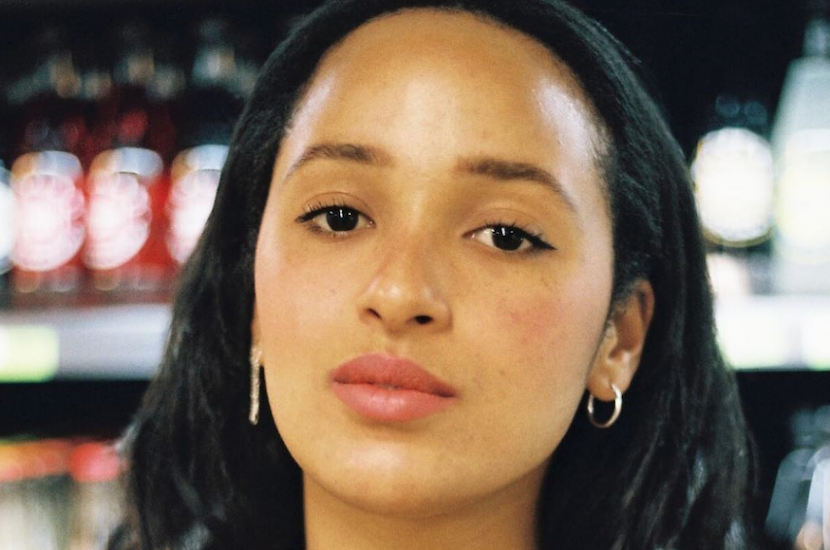
“My earliest magazine memory would have to be writing my very first online piece for i-D. My friend was their publicist at the time and pitched me to their editor in chief as ‘an emerging feminist writer’. The first story I was commissioned was with a feminist pop singer from New York, who was in town for the Gaultier Exhibition at NGV! We became friends after the interview. I remember loving the fact that every new story was an opportunity to meet someone interesting. I would often be out somewhere at a party and cross paths with someone perfect for an interview. A lot of my first stories happened that way.
“I love that magazines have always been a resource for finding interesting people and initiatives. It’s nice to know where to go if you want to be inspired or take a moment away from your own work/experience to read about someone else’s. Magazines have always been like a directory for other people’s creativity for me. It’s a weird time. There’s no doubt about that and it will probably get weirder before it gets better, but the best thing about creativity is that it is a brilliant distraction and way to pass time and distill our focus.
“I have been thinking about how this will be time to shift our efforts to things that are meaningful to us and make a start on projects that we have meaning to get around to but haven’t found the time for. There are definitely less opportunities, which can be very hard but I think no matter what the state of the world it’s important to create your own opportunities and really go after what you want to be doing. If you are passionate you can make anything happen.”
Gemma Watts, podcaster, editor and beauty writer
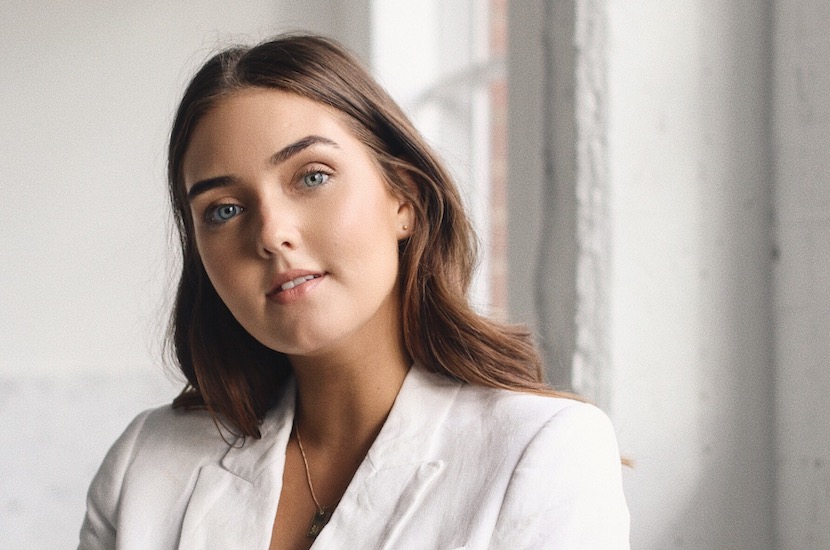
“I used to “make” my own magazines by cutting out my favourite items from my mum’s fashion magazines, re-styling them into my own looks, and adding things that I’d drawn. I considered myself a fashion editor at age five, although in hindsight my role may have been closer to that of art director. As I edged closer to double digits, I had subscriptions to Sabrina’s Secrets, S-Club, Dolly and Girlfriend magazines, and would flip straight to the beauty pages – closely followed by any flow-chart style personality quiz (e.g. ‘Which Hair Mascara Are You?’ I’m pink glitter.)
“Despite the bulk of my work being in digital, I source inspiration through things that are more tangible. I love being able to physically pick something up, flip through it, file it (my GOD do I love to file/hoard magazines) and revisit it down the track. I’ll often pick up a RUSSH circa 2007 just to see if it sparks any creativity in me (it always does).
“It’s as important as ever, if not more so, to network. One of the beautiful things about digital is that it’s easier to make connections than it has ever been before. Although roles in magazines are now few and far between, it’s important to still pitch and network the way you would if you were gunning for that print role – find online publications that you love and send pitches to the powers that be. Follow people you look up to on Instagram, start a dialogue and build a rapport. Never be afraid to ask, because even if an opportunity isn’t available at that point in time, you’ll be at the forefront of their mind should one arise.”
Ruby Staley, editor of A-ZINE and writer

“I grew up religiously reading teen magazines and in my later teenage years I grew to worship indie and art titles like Frankie, Yen and Oyster. There was truly nothing more exciting to me than getting my hands on a fresh new magazine. Aside from my immense consumption of magazines, I always envisioned myself working in the industry. Writing was always my favourite subject at school, the one that was the most natural for me and I have always had a flair and love for fashion and art.
“The magazines I knew and loved provided a place where my two loves could meet somewhere in the middle. But it is more than that even. My love for magazines comes from a place of pure admiration and fascination for expressions of creativity and immersive storytelling. Fellow writer Christina Karras and I spoke about our hopes (and fears) for the future of the industry recently for A-ZINE, coming to the conclusion that we’re feeling a strange mixture of fear, confusion and hope. For me, I think I’m just coming to terms with the fact that the industry is changing out of pure necessity of the times. Also just trying to sustain some semblance of optimism that this change will revitalise the industry, rather than decimate it.”

